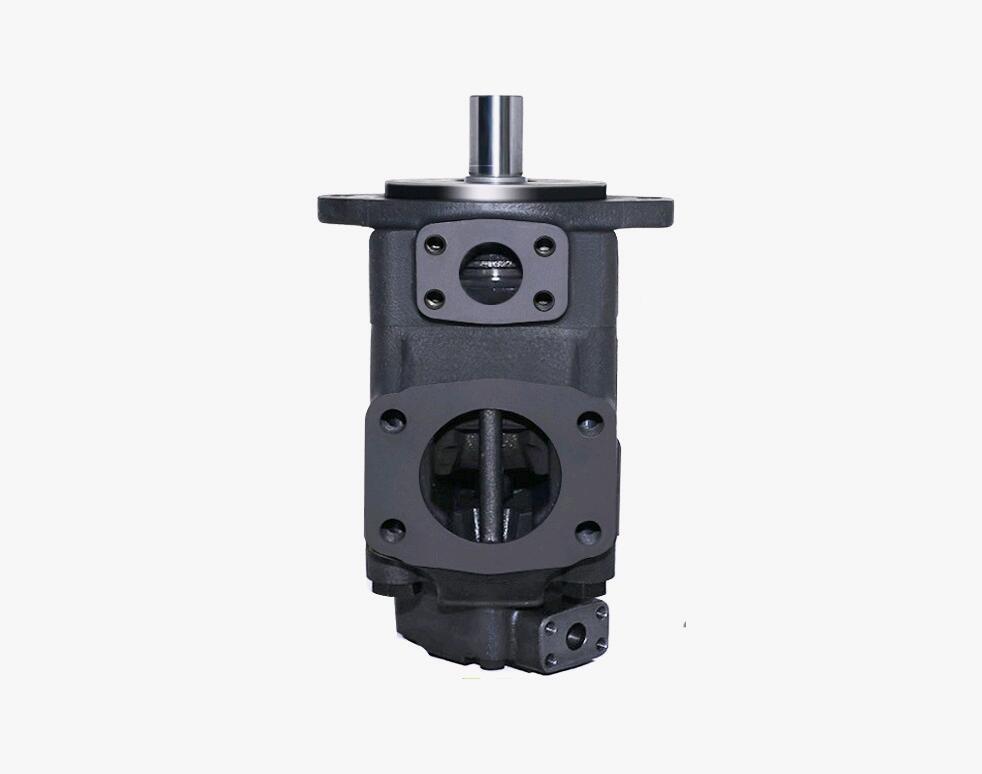The YB1 series vane pump is a widely used hydraulic component that plays a significant role in various industrial and commercial applications. It is valued for its compact structure, stable performance, and suitability for medium-pressure systems. Its design allows for efficient fluid transfer, making it a preferred choice in sectors such as machinery, metallurgy, plastics, petroleum, and even light manufacturing. The purpose of this article is to provide a realistic and structured overview of the use of the YB1 series vane pump, with particular attention to its operational characteristics, typical application environments, and practical considerations during implementation.

The YB1 series vane pump is a type of positive displacement pump. Its operating principle involves a rotor that is mounted off-center within a cavity. The rotor contains radial slots where vanes are placed. As the rotor turns, centrifugal force and hydraulic pressure push the vanes outward against the pump casing, creating sealed chambers. The volume of these chambers changes as the rotor turns, drawing in and displacing fluid.
This method allows for a continuous, even flow of hydraulic oil or other compatible fluids. Compared to gear pumps, vane pumps generally offer quieter operation and better volumetric efficiency. The YB1 series is specifically designed with features to improve its longevity and reduce internal leakage.
Moderate Pressure Range: The YB1 series typically operates within a pressure range of up to 7 MPa (megapascals), making it suitable for medium-duty applications.
Compact Design: These pumps are designed to occupy minimal space while providing reliable output, an advantage in equipment with limited installation areas.
Low Noise Levels: The vane structure contributes to reduced noise and vibration, which is important in workplace environments that value operator comfort.
High Efficiency: The internal design aims to minimize energy loss, supporting more efficient system operation.
Ease of Maintenance: Components such as vanes and rotors can be replaced or serviced without the need for full disassembly in many cases.
The YB1 series vane pump finds practical use in a wide range of industrial systems. Below are some representative examples:
These pumps are often installed in hydraulic systems that control cutting tool positions, spindle motion, and lubrication. Their compactness and stable flow are particularly useful in systems requiring precise control.
In plastic processing, the YB1 series vane pump helps drive the hydraulic cylinders and motors that control the injection and clamping functions. Its ability to provide consistent pressure and flow is essential for repeatable production cycles.
In steel plants and metalworking machinery, the pump supports cooling, pressing, and forming operations. Here, its stable performance contributes to equipment durability under demanding conditions.
In these sectors, the pump may be used in the hydraulic systems responsible for material handling, cutting, or sealing. Its low-noise characteristic benefits environments where many machines operate simultaneously.
While more common in fixed installations, certain models of YB1 pumps can be adapted for use in mobile hydraulic systems, including construction vehicles and agricultural machinery.
Although the YB1 series vane pump is engineered for reliability, achieving performance depends on several practical considerations:
Fluid Compatibility: The pump is generally compatible with mineral-based hydraulic oils. It is important to verify fluid viscosity and chemical properties before use.
Operating Conditions: Consistent performance requires that inlet pressure and fluid temperature be maintained within recommended ranges. Excessive suction or elevated temperatures can reduce service life.
Filtration: As with all hydraulic systems, effective filtration is essential. Particulate contamination can wear down the vane edges and scoring of the internal surfaces.
Mounting and Alignment: Improper alignment during installation can noise, vibration, and premature bearing wear. The pump should be mounted on a firm base, aligned with the drive shaft or motor.

 Search
Search
